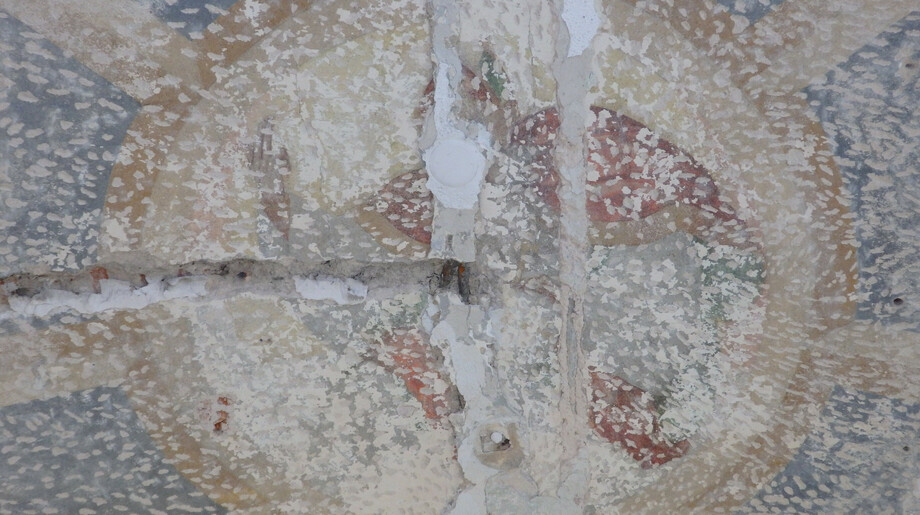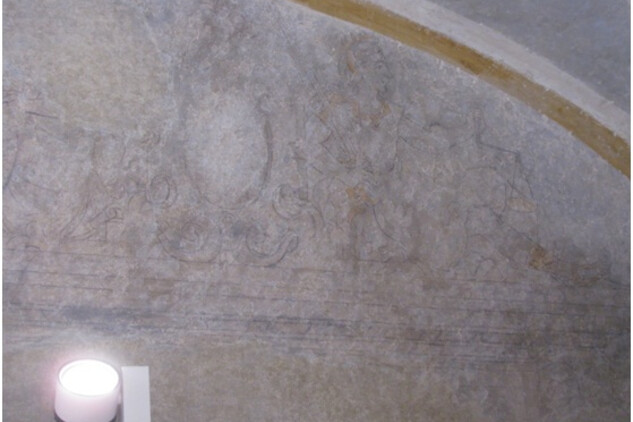The House No. 6 is, in essence, a renaissance building built most likely by Italian architects. The oldest written records of the house date back to 1578, when it was acquired by rich tradesman and magistrate Matouš Hauf. After his death, it was inherited by his wife Anna, an important donor of church buildings, including the Pilsen Church of Assumption of Holy Mary in the Franciscan Monastery, or the Church of St. Nicholas. In the late 18th century, the house was rebuilt in the rococo style, later classicist adjustments followed.
In 1952, the room on the ground floor was rebuilt to a passage to Roosevelt Street. Current owners, however, decided to restore the original arrangements and return the area to the interior of the house. During necessary building works, the surprising discovery of historical paintings was made, followed by extensive restoration survey led by painter, sculptor and restorer Jaroslav Šindelář. It showed that the discovery was unique – renaissance painted star vault, imitating the gothic vaults. Renaissance plasters with paintings are partially extended to the walls (upper parts only). In other areas, the plaster was destroyed by later reconstructions.
The fresco-like wall paintings were made between 1570 and 1590, but it’s completely omitted in written sources. The likely author is the Italian architect Giovanni de Statia, also the author of the Pilsen Town Hall. This is proven by the central painted medallion depicting Father God, practically identical with the same scene in the interior of the Town Hall.
The discovered paintings were restored in February 2018 by painter Jiří Rataj. It can be seen during the visit of the shop in the restored area of the House No. 6.
Nominated for the Plzeňský Region by the regional center of the National Heritage Institute in Pilsen.
Zdeňka and Květoslav Baloun (owners, investors) were nominated for the National Heritage Institute Prize, category: Discovery / Finding of the Year.














